I am rebuilding the wiring harness for the engine of a 50+ years old car. There are a few things in the original design that I am planning to improve while at it. My main concern is part of the generation circuit, for which I have drawn a simplified diagram. The battery is connected directly to the starter via wire S1. From the starter terminal a fusible link then connects to wire S2 which leads to the generator. The wire is spliced inside the harness and wire S3 leads to the main fusebox which is inside the cabin.
- This old design uses fusible links. It seems that some fairly modern cars still have them. They are sturdy and easy to install. Maintenance is and troubleshooting can become cumbersome though. But from a pure safety perspective, are fusible link still considered to be an adequate form of overcurrent protection inside an engine compartment? A bit sceptical to something that is designed to basically burn at failures.
- Wire S2 and S3 have the same gauge and are protected from battery overcurrent via the fusible link. But, overcurrent caused by the generator charging the battery or powering the main fuse box can still happen. The car is probably always supervised when the generator is running, but still. It is especially bad with S3 as it runs over the half the engine bay and through the firewall. Wire S2 is just around 1 meter and close to the engine, but it still would not be good if it burned. I guess I could solder in fuses for S2 and S3 by the generator, fairly discretely. The cleanest would probably be to add fuse box somewhere. But the car is mostly original, a time capsule, and I really don't like to change anything visible if I don't have too. I doubt electronic overcurrent protection would integrate well with the 50 year old voltage regulator How would you go about this, practically and philosophically? I wonder how the engineers who built it reasoned. To me it seems like a design with clear flaws, but after all it seems electrical fires are not that common with these cars.

simulate this circuit – Schematic created using CircuitLab
On a side note, some very interesting reasoning behind the starting motor not having overcurrent protection can be found here.